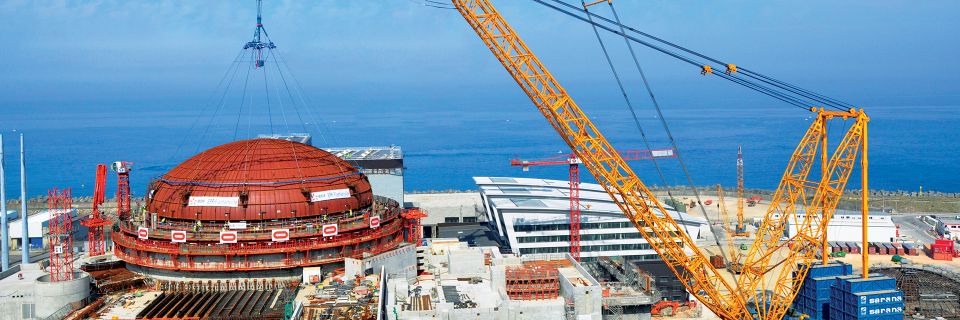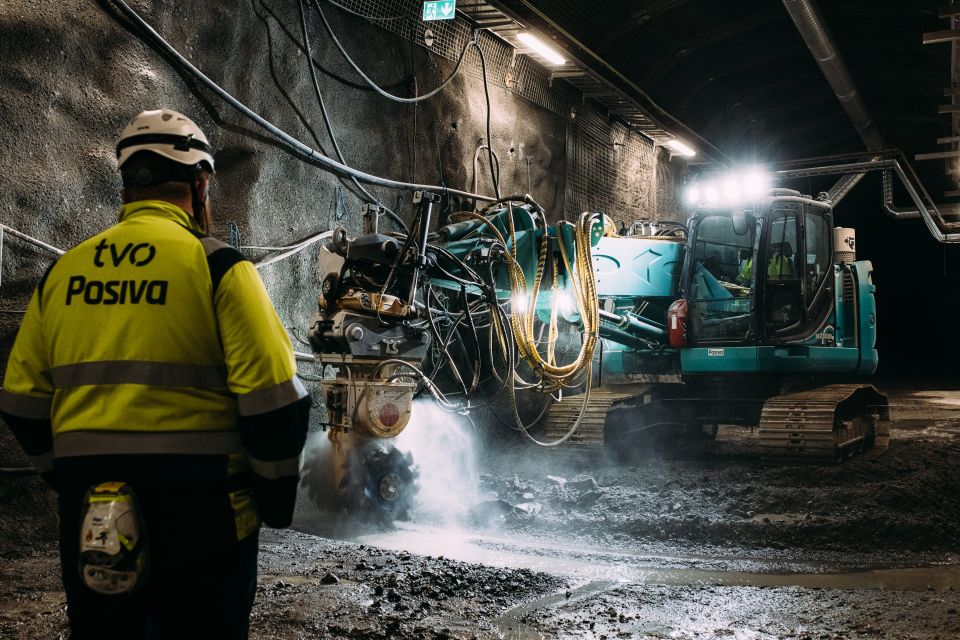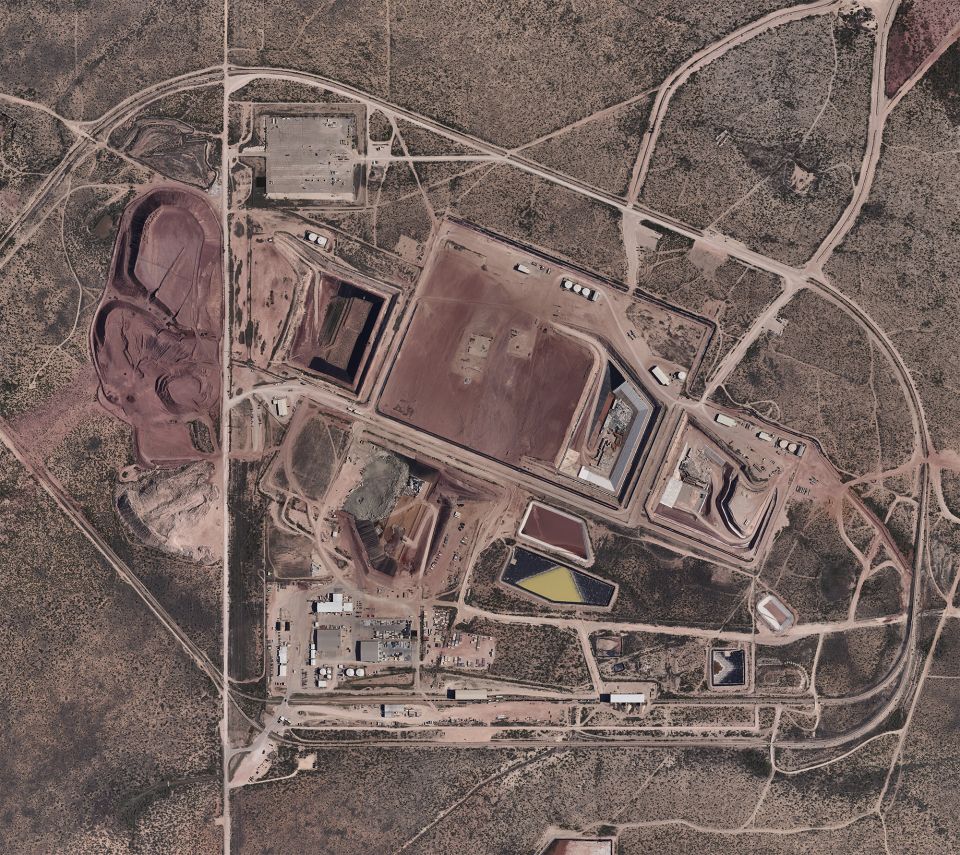ANS Winter Meeting: The back end of the fuel cycle
The “How do we talk about the Back End?” session at the ANS Winter Conference & Expo on Wednesday, November 15, focused on recent experiences in communicating about used nuclear fuel to a skeptical public.







